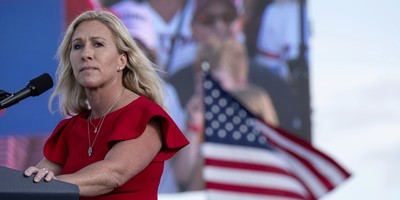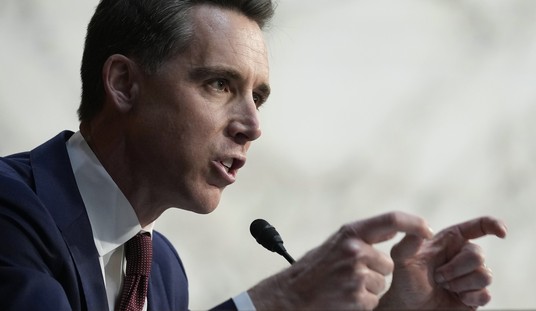Economic theory is perfectly acceptable. But in the real world, economic reality is much more important.
Yet in a recent Associated Press news story, reporter Charles Babington seems to have confused theory with reality. After noting that most of the GOP candidates are pressing for lower taxes and less regulation, Babington clucks that these steps aren’t likely to work. “Mainstream economic theory says governments can spur demand, at least somewhat, through stimulus spending,” he wrote. “The Republican candidates, however, have labeled President Barack Obam’s 2009 stimulus efforts a failure.”
Let’s consider Babington’s assertion.
It’s certainly true that “mainstream economists” think government can stimulate demand. That’s a perfect description of Keynesian economics. But there’s no need to turn to economic theory to see what the 2009 “stimulus” bill has wrought. In the real world, the 2009 stimulus efforts are a failure.
Recall that Congress spent almost $800 billion, much of it on supposedly “shovel ready” projects that were supposedly going to produce jobs. Before they went to work at the White House, two “mainstream economists” predicted that the bill would keep unemployment to less than 8 percent. They also predicted that the measure would create even more jobs in 2010 and 2011.
Instead, the unemployment rate climbed steadily throughout 2009, reaching 10.1 percent by October. It remained higher than 9.5 percent throughout 2010, and hovers at 9.1 percent today. Economic theory was all well and good, but economic reality is what matters to those who can’t find work.
As Daniel Mitchell, a less-mainstream but still prominent economist at the CATO Institute, writes, “the problem with Keynesianism is that it fails the empirical test. The Keynesians may be good at constructing models, but that doesn’t mean much if the models don’t match the reall world.” And they don’t.
Recommended
But Babington’s not finished. “Key proposals from the Republican presidential candidates might make for good campaign fodder. But independent analyses raise serious questions about those plans and their ability to cure the nation's ills in two vital areas, the economy and housing,” he writes. “Consider proposed cuts in taxes and regulation, which nearly every GOP candidate is pushing in the name of creating jobs. The initiatives seem to ignore surveys in which employers cite far bigger impediments to increased hiring, chiefly slack consumer demand.”
Well, it isn’t simply presidential candidates who are clamoring for less regulation; so are business leaders. In the Wall Street Journal, L. Gordon Crovitz says the late Steve Jobs warned President Obama that he was “headed for a one-term presidency.” Jobs was an Obama supporter, and meant that as a warning for the president to change course.
“Apple’s founder said regulations had created too many burdens on the economy,” Crovitz adds. “High-tech companies are supposed to be the country's engine for growth, but the federal government is gumming up the works.”
Want another view from the top? “Washington’s political gridlock and volatility threaten to derail an economic recovery that wants to take flight. Observers are right to perceive a collective failure to govern, and that perception creates costly uncertainty for job-creating American businesses,” writes Jim McNerney in the Wall Street Journal.
He’s the CEO of Boeing, a company that’s trying to create jobs in South Carolina but is being stymied by regulators at the National Labor Relations Board. McNerney adds: “The regulatory climate is a perfect example. A tsunami of new rules and regulations from an alphabet soup of federal agencies is paralyzing investment and increasing by tens of billions of dollars the compliance costs for small and large businesses.”
As for taxes, well, they’re high enough now. “The main driver behind long-term deficits is government spending -- not low revenues,” points out The Heritage Foundation. “While revenue will surpass its historical average of 18.0 percent of GDP by 2021, spending will shoot past its historical average of 20.3 percent, reaching 26.4 percent in the same year.”
Let’s think of spending this way: The planet recently welcomed its 7 billionth person. If we could get each to kick in one dollar, we’d just about cover what the U.S. government will spend today. Just about. Our government spends some $10 billion, today and every day.
In reality, that’s how large our spending problem is. We won’t solve it overnight, but we will have to cut spending, and drastically, if we hope to solve it at all. Otherwise, economic theory aside, we’re heading for a painful reality.

























Join the conversation as a VIP Member